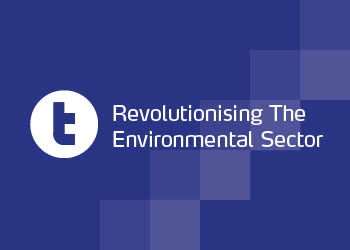Local authorities in London collected 3.7 million tonnes of waste in 2016, enough to fill over 1,500 Olympic-sized swimming pools.
ln the next 30 years, local authorities will have to collect an additional 1 million tonnes of waste due to recycling rates declining to the same figures witnessed in 2010.
This is equal to an extra 500,000 refuse trucks of rubbish each year.
The London Assembly Environment Committee published a report analysing how the circular economy could provide a solution to the problem of an unsustainable waste management model, as well as strengthen London’s economy.
-
Reduce 60% of its waste by 2041
-
Put London on the right path to become carbon-neutral
-
Generate 12,000 new jobs by 2030
-
Provide £7 billion net benefit to London’s economy.
London Assembly Environment committee chair Leonie Cooper said: “The way we deal with waste in London needs to change. Recycling rates have fallen, the population continues to grow, and landfill space is quickly running out.
“We acknowledge the importance of the Route Map produced by the London Waste and Recycling Board (LWARB) and we’re delighted to see importance given to the circular economy in the Mayor’s Draft Environment Strategy. Clearly, we are in the early stages of change. This is further demonstrated by the growing popularity of innovative recycling websites and apps. The potential for new jobs is enormous.
“Where we go from here, however, is crucial. The Mayor needs to take a visible lead in pushing the circular economy forward. This should start with ensuring that organisations in the GLA Group procure goods and services in line with its principles. The Mayor should set a whole-city vision which includes specific milestones towards growing the circular economy. Awareness also needs to be vastly improved among London’s businesses and an outreach programme led by the Mayor would address these issues.”













